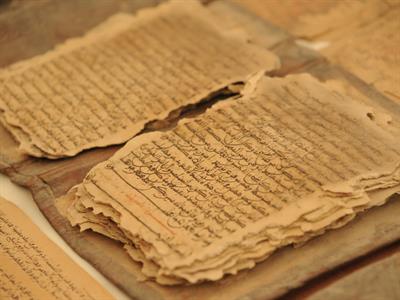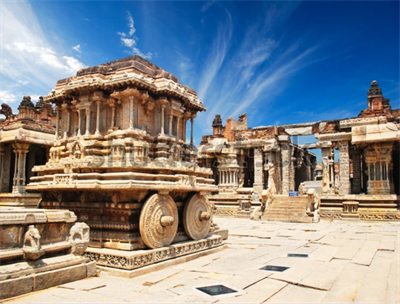
PUMPA - SMART LEARNING
எங்கள் ஆசிரியர்களுடன் 1-ஆன்-1 ஆலோசனை நேரத்தைப் பெறுங்கள். டாப்பர் ஆவதற்கு நாங்கள் பயிற்சி அளிப்போம்
Book Free DemoI
INTRODUCTION:
You must have heard or read that travellers from various regions having different climates and cultures began to visit parts of India from early times. To them, India was a land of wonder! The fame of Indian culture, wealth, religions, philosophies, art, architecture, as well as its educational practices had spread far and wide. The education system of ancient times was regarded as a source for the knowledge, traditions and practices that guided and encouraged humanity.
Explanation:
Education is considered to be mandatory and is treated as a pre-requisite for the majority of the professions available in today's modern society. But when one goes back and traces the history and progress of education and the institutions that provided it to people, one can learn that we have come a long way. India is a country of rich and varied resources in terms of religion, culture and education. Until the British advancements that were made during the 1850s, India preserved manuscripts and resources that contained huge philosophies and learnings of great men. After India was colonised, education system started to change its approach and methods of inducing knowledge. Numerous learned men, scholars and philosophers travelled from all over the world to India in the pursuit of knowledge. India blended education with its rich heritage and culture. They found India to be a land of wonder.

Manuscripts*
The world is diverse with different people who live across the globe, who adhere to different cultural practices, languages, faiths, climatic conditions etc. Amongst all these varied existences, people found India's approach to education, its manuscripts, scriptures to be rich. The fame of Indian culture, wealth, religions, philosophies, art, architecture, as well as its educational practices, had spread far and wide. The Indian education system was believed to have promoted humanity and a positive approach to life. Ancient Indian Education has been evolved strictly on the foundations of Indian philosophical traditions and scriptures. The ultimate aim of education emerged as the Chitti-Vritti-nirodha (the control of mental activities connected with the so called concrete world). The student would not remain contended with mere bookish learning but acquire fairly practical knowledge of the world and society through close contact with the people.
Some famous explorers who visited India are Ibn Batuta, the Moroccan scholar who wrote the famous book 'The Riḥlah' (Travels). Chinese scholars such as Xuanzang and Yi Jing arrived in Indian institutions of learning to survey Buddhist texts. Apart from scholars, India was also visited by architectural students as it was a country famous for its art and architecture. The Ajanta and Ellora caves, The Tanjore temple, Charminar, the Mamallapuram forts were all studied extensively by students and researchers from all around the globe.

Indian architecture from Hampi temple
Meaning of difficult words:
| S.No | Words | Meaning |
1 | Culture | The customs, ideas, beliefs, etc. of a particular society, country |
2 | Wonder | A feeling of surprise and admiration |
3 | Philosophy | A set of beliefs that tries to explain the meaning of life |
4 | Architecture | The study of designing and making buildings |
5 | Manuscripts | A very old book or document that was written by hand |
6 | Mandatory | Made compulsory |
7 | Heritage | The traditions of a country that has existed for a long time |
Reference:
- National Council of Educational Research and Training (2008). It so happened. Ancient Education System of India (pp. 89-97). Published at the Publication Division by the Secretary, National Council of Educational Research and Training, Sri Aurobindo Marg, New Delhi.
- Manuscripts*: Teo Tarras / Shutterstock.com